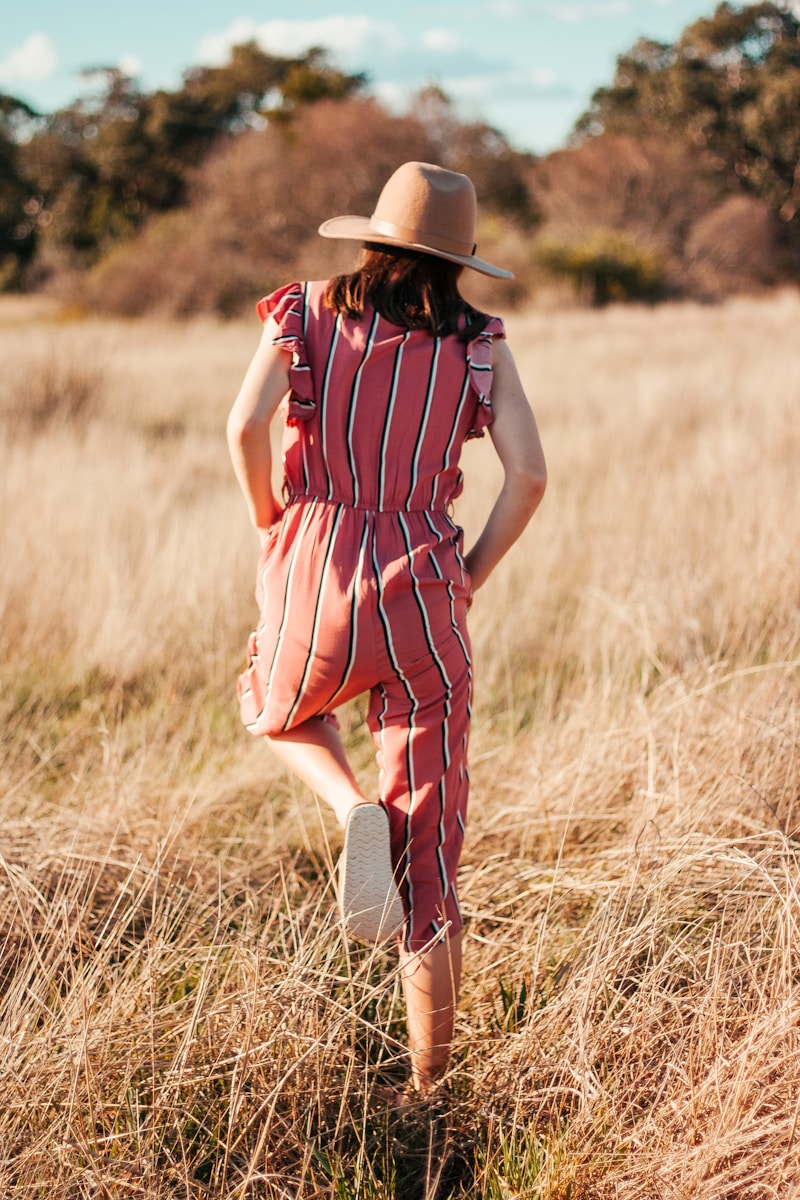In a world where uniformity is often praised and minimalism reigns supreme, there is something deeply liberating about dressing in wild, unapologetic patterns. Print mixing—once considered a sartorial sin reserved for the daring or the eccentric—is now being embraced by fashionistas, designers, and everyday dressers alike. From the streets of Tokyo to the runways of Milan, a visual rebellion is underway. Stripes meet florals, polka dots tango with animal print, and clashing colors don’t just coexist—they harmonize.
Call it pattern play, motif chaos, or visual maximalism—but one thing is clear: prints are no longer being tamed.
What was once considered loud or mismatched has become a dynamic tool for self-expression. In an era that celebrates individuality and fluid identity, mixing motifs is less about making a fashion statement and more about telling a personal story.
Breaking the Rules: From Fashion Faux Pas to Fashion Forward
Historically, print mixing was one of those unspoken rules in fashion—don’t wear plaids with florals, stripes with checks clash, only one statement piece at a time. But as with many fashion “rules,” these restrictions were created to simplify styling and enforce a narrow sense of taste. In recent years, however, those old rules have been replaced with creative license.
Designers like Dries Van Noten, Vivienne Westwood, and Etro have long been champions of eclectic layering. Today, their influence is echoed across high fashion, streetwear, and even fast fashion. The idea is no longer to “match” but to curate contrast—to craft outfits that clash deliberately, yet feel intentional.
Thanks to platforms like Instagram, Pinterest, and TikTok, styling inspiration is now democratized. You don’t need a stylist or a fashion degree to explore print mixing. All you need is curiosity, confidence, and a bit of creativity.
Why Print Mixing Works (Even When It “Shouldn’t”)
At first glance, wearing multiple prints together can feel chaotic. But dig deeper, and there’s often a method behind the madness.
Prints, after all, are visual textures. Like music, when layered with the right tempo, rhythm, and contrast, they create harmony—even if they originate from wildly different genres.
So what makes this style approach so captivating?
- It’s Visually Stimulating
Prints attract the eye. When done thoughtfully, combining them creates depth and motion, drawing the observer into the details. A checkerboard pant with a tropical shirt becomes a visual conversation, each piece asking for a closer look. - It’s Emotionally Uplifting
Color and pattern have a psychological effect. Bold motifs radiate energy, joy, and personality. In a time when fashion is as much about mood as it is about aesthetics, a riot of prints can be a mood-booster—both for the wearer and the viewer. - It Feels Like Freedom
To mix prints is to reject convention. It’s a small act of fashion rebellion that says, I dress for me. That sense of control, of choosing contrast over cohesion, resonates in a culture increasingly rejecting norms in favor of nuance.
Principles of Play: How to Mix Prints Without Losing the Plot
Although print mixing embraces chaos, there are a few guidelines that can help balance boldness with beauty. Think of them not as rules, but as tools to help your style speak fluently in the language of motifs.
- Start with a Common Color Palette
If you’re new to mixing prints, begin by selecting patterns that share at least one or two dominant colors. This creates visual cohesion and allows the eye to travel smoothly from one element to another. For instance, pair a navy polka-dot blouse with a floral skirt that features hints of the same navy. - Scale Matters
Play with the size of your prints. Pair a large, graphic motif with a smaller, more intricate pattern. This contrast in scale creates depth and ensures that one pattern doesn’t overpower the other. A good example? A macro-gingham coat layered over a tiny floral dress. - Use Neutrals as Anchors
Mixing prints doesn’t mean abandoning balance. Layer in some neutrals—a solid-color jacket, plain shoes, or minimalist accessories—to ground the look. These elements give the eye a place to rest amidst the pattern party. - Don’t Forget Texture
Sometimes, a “print” isn’t just visual—it’s tactile. Mixing different fabric textures can add another dimension to your outfit. Think quilted embroidery with sleek satin, or soft knits with structured jacquard. Texture can enhance or soften a print, depending on the vibe you want. - Confidence Is Key
Ultimately, the most important ingredient in any print-mixing look is how you wear it. Patterns that might look overwhelming on a hanger can become stunning when worn with intention. Own the look, and it will look like it was made for you.
Cultural Roots of Pattern Expression
Print mixing isn’t just a trend born from Western runways—it has deep global and cultural roots. Around the world, clothing has long been used to convey identity, community, and spirit through pattern.
In West African fashion, for example, Ankara prints and Kente cloths are known for their bold colors and symbolic designs, often layered without hesitation. In Indian style, saris and salwar kameez outfits often feature mixed prints and embroidery across one look, celebrating contrast as beauty. Japanese kimono layering utilizes motifs and symbols with seasonal or spiritual significance.
The current rise in print mixing is, in many ways, a return to these global aesthetics—a recognition that fashion need not be subtle to be sophisticated.
Prints and Personality: What Your Patterns Say About You
Clothing is a reflection of self, and patterns can speak louder than plain colors. When you choose to wear polka dots with animal print, or camouflage with florals, you’re communicating more than just style. You’re telling a story.
Stripes convey structure and movement.
Florals evoke romance or nostalgia.
Checks and plaids suggest tradition or rebellion, depending on how they’re styled.
Animal prints channel wildness and power.
Abstract graphics lean toward modernity and artistic flair.
When these are combined, they create a wearable collage of identity—pieces of emotion, culture, memory, and aspiration all stitched together. It’s not just fashion; it’s autobiography.
Print Mixing in the Age of Sustainable Style
Interestingly, the rise of print mixing also ties into broader conversations around sustainability and personal styling. As consumers shift away from fast fashion toward slow, curated wardrobes, the ability to remix and restyle existing pieces becomes more important.
Print mixing encourages creative rewearing. A dress you once wore for summer can be layered with a patterned turtleneck and boots for fall. A printed scarf can become a belt, headwrap, or purse accent. The more versatile your wardrobe becomes through styling, the less you feel the need to constantly buy new things.
This is where fashion gets exciting—not in consumption, but in reinvention.



